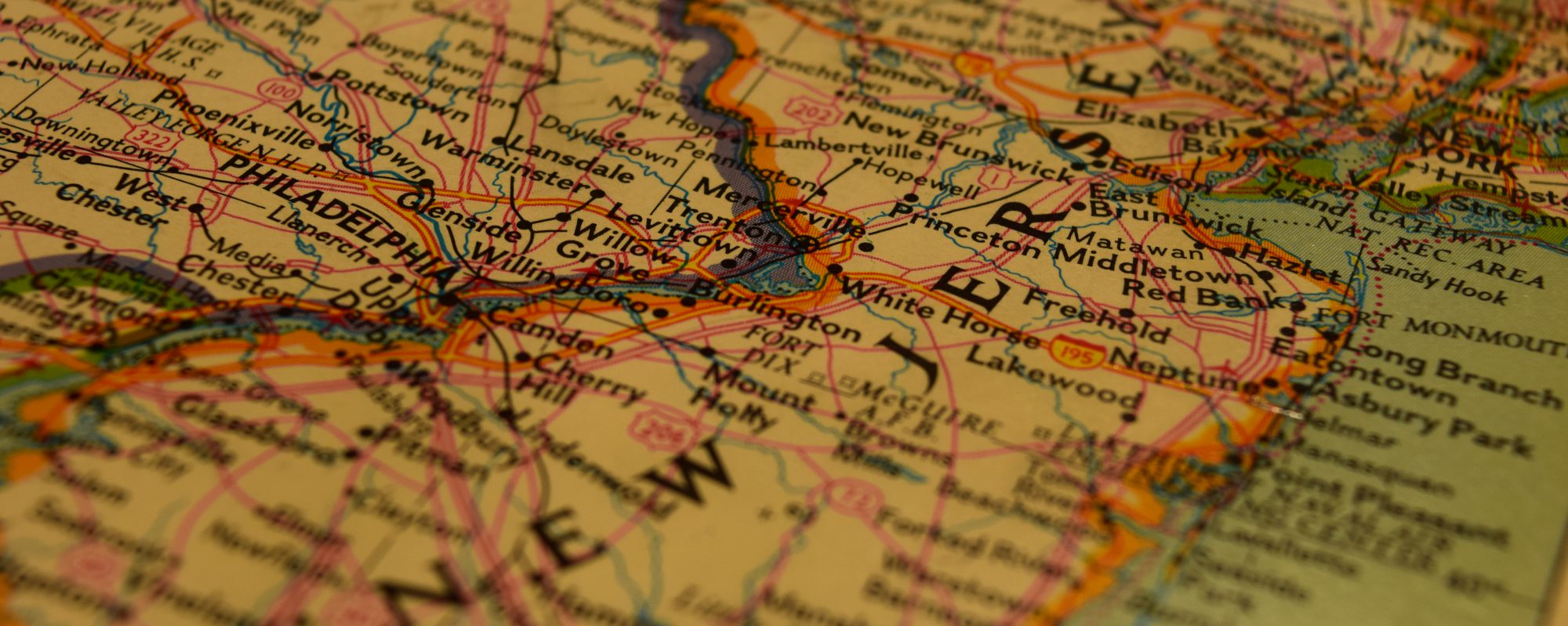What goes into the process of operating a small museum? Within the first month, we have already covered a few museums in our short time on this blog. From a large state-funded museum in Trenton. to the unique lighthouse of Cape May, museums contain a plethora of exciting items and unique stories to be told. These institutions are key in representing our culture and showcasing the legacy of previous generations.
There are so many museums throughout New Jersey, chances are there is one in your hometown. A lot of communities and towns contain small and locally based museums that highlight the history of a specific area or topic. I study at Rowan University, and Glassboro itself has 3 museums. Unfortunately, Glassboro will be closing one of their museums by the end of the month. The South Jersey Museum of American History will be closing its doors to the public on October 31st, 2016.
I felt it would be interesting and insightful to show you, my readers, an interview with the curator of this museum and local archaeologist, Jeffrey Norcross. For this Q&A, I wanted to gain more knowledge and background information in what goes into running a small local museum, and it’s involvement with an important field of history, archaeology. After all, museums are made up of many people such as Mr. Norcross who attempt to piece history together in a concise and impactful format that transitions to the public.
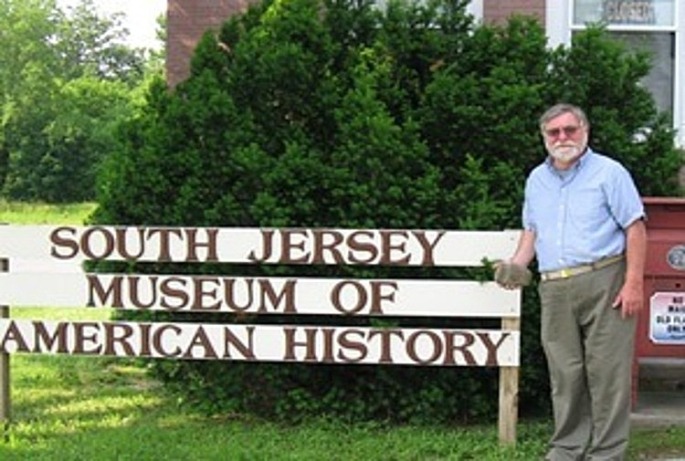
Q. May I begin by asking you for a brief biography?
“I went to the University of West Florida and the University of Central Florida to obtain degrees in History and Religion. I apprenticed under an archaeologist in Jacksonville; Warren Wilkinson. I continued working in the field in about 16-17 states, working in over 140 sites so far. Some of the states include Arkansas, Mississippi, North Carolina, South Carolina, New Jersey, New York, Pennsylvania, Delaware, Nevada, and California.”
Q. Where have you enjoyed working the most, so far?
“I prefer working in the states instead of foreign countries. New Jersey is my favorite, absolutely!”
Q. What inspired you into getting into the field of archaeology?
“I guess it was just an interest in history as a child. My parents would take me to historical sites in the Pine Barrens. That helped cement an interest for the rest of my life.”
Q. Can you tell me a little bit about the formation of the South Jersey History Museum?
“We were recognized by the federal government in November of 1993, as a non-profit status, which is important when your foundation is seeking assistance from the state. We solicited towns to support the museum and in order to find a building. Several people expressed interested, and we stayed in Berlin, New Jersey for 5 years. We then moved into Glassboro, New Jersey for 10 and a half years.”
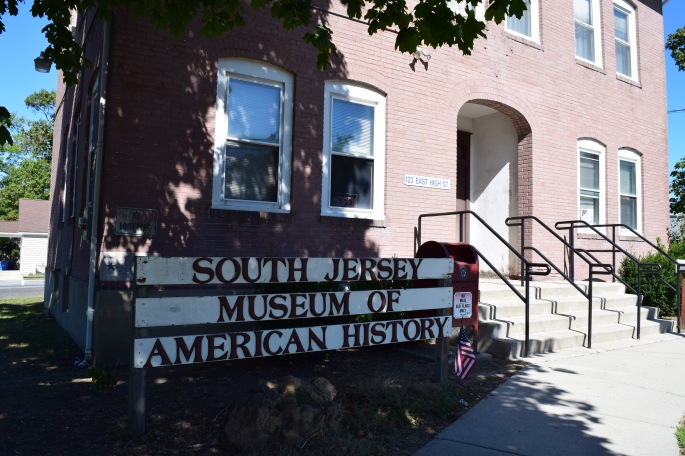
Q. Do you work with the state such as with a mandate or are you supported by grants? What are the advantages running a smaller museum?
“We are separate from the state as we are a non-profit foundation. In our interests, we felt that it would be to the best advantage to set up a non-profit. This was in order to get the best results in order to open up a museum. That is why we approached the foundation format, and we’ve been doing it for about 22 years now.”
Q. Does the foundation format give you more freedom than being a state-independent museum?
“No, as far as archaeology goes everyone has the same restraints. For the most part, every museum has the same kind of challenges.”
Q. What is the field of New Jersey history that you enjoy researching the most?
“Well, I studied a lot of a Southeastern (North America) and Pre-Columbian history. I really enjoy agriculture, and the history of agriculture in South Jersey especially. There are a lot of different farms I’ve done a research such as the Savich farm. However, I just finished an excavation in New York, way up in the mountains, and recently another in a plantation down in Georgia.”
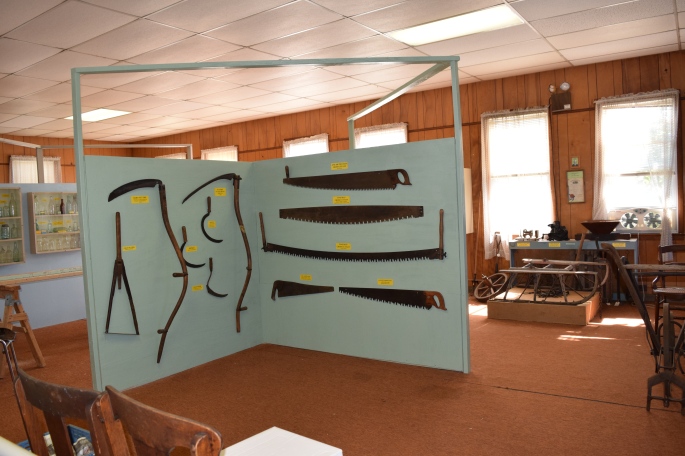
Q. What is the most interesting thing you have found during your career?
“Basically, what I like best out of all my artifacts, my most favorite, was a brick that has a pipe stem in it. What’s interesting is how there was a pipe stem in the brick. These pipes are very fragile, and they break easily. Maybe it fell into the mix, or someone threw it in, or perhaps someone stuck it in on purpose. I have no idea how it got in there, but I like it!”
Q. What do you do in your field work? Do they mostly consist of excavations?
“There are excavations, but with Savich Farm, for example, it was just measurements. Some I will dig down into plots…”
(Mr. Norcross explained to me that archaeologists are only allowed to dig certain depths allowed by the property owner.)
“It varies in what kind of work I’m doing. Archaeologists spend only about 8% of their year actually digging. We spend most of our time researching.”
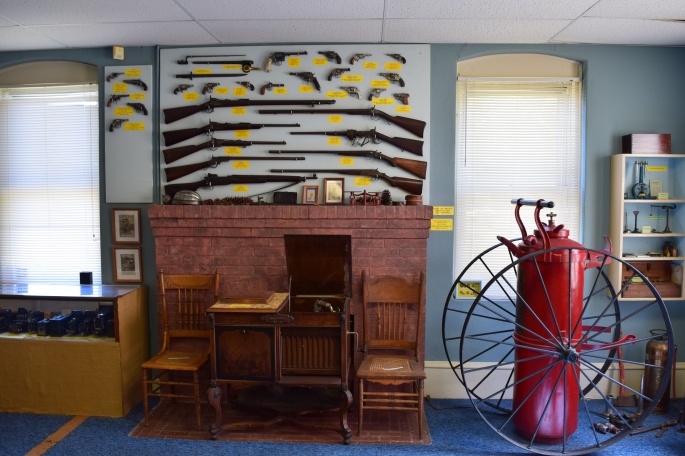
Q. What are some of your favorite historical sites and museums that you could recommend people visit?
“The Thunderbird Museum, which is now closed, but it was my favorite. My favorite site in New Jersey is Tuckerton. It is a place that people can visit. Many of my favorite places are gone now!”
Q. What are some of the biggest challenges facing museums such as yours?
“Probably, at least for us, the instability with locations. Beyond that, to be relevant and the emphasis on the three-dimensional and written information. Labeling information, and keepings cases lively.” (In reference to displaying artifacts in museums, and labeling them in exhibits.)
Mr. Norcross has over 20 years of experience working in the South Jersey Museum of American History, and more being an archaeologist. His information gave me a better understanding of how some smaller museums operate, and how many go about conducting their business. Mr. Norcross’ museum is currently seeking a new location and hopes to reopen early next year.
There are so many museums around New Jersey that it’s almost impossible to tell each’s story. However, Mr. Norcross’ experience is interesting because it is a story of a man who grew up in New Jersey, was inspired by New Jersey history, and has been able to showcase this passion to his many visitors and the community.
